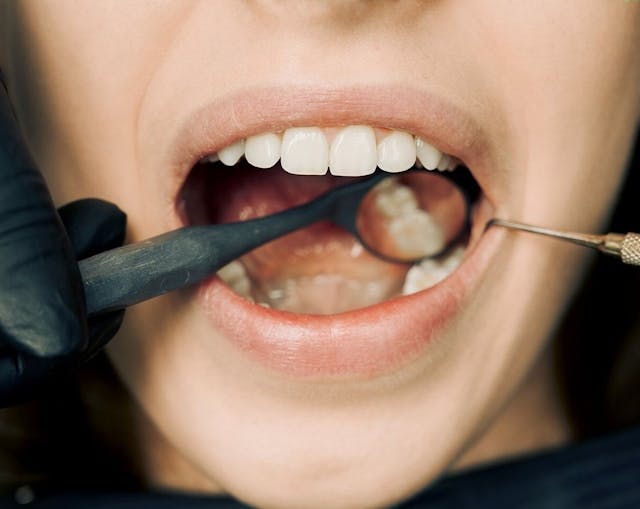Hello, GertieBlu readers! Oral hygiene is crucial not only for a bright smile but also for overall health. A clean mouth can prevent tooth decay, gum disease, and even heart problems. But what are the best practices for cleaning your teeth and gums?
1. The Basics: Brushing Your Teeth
Choose the Right Toothbrush
Opt for a soft-bristled toothbrush with a small head, which can reach all areas of your mouth. Electric toothbrushes are also a great option as they can provide a more thorough clean.
The Perfect Toothpaste
Look for a fluoride toothpaste, which helps strengthen tooth enamel and prevent cavities. There are various options available, including whitening, sensitivity, and tartar control formulas.
The Brushing Technique
- Duration: Brush for at least two minutes.
- Frequency: Twice a day, ideally once in the morning and once before bed.
- Method: Hold your toothbrush at a 45-degree angle to your gums. Use gentle, circular motions to clean the outer, inner, and chewing surfaces of each tooth. Don’t forget your tongue!

2. Flossing: The Missing Link
Flossing is essential for removing food particles and plaque from between your teeth and under the gumline, areas that your toothbrush can’t reach.
How to Floss
- Use about 18 inches of floss, winding most of it around your middle fingers, leaving an inch or two to work with.
- Hold the floss taut between your thumbs and index fingers, slide it gently between your teeth, and curve it into a C-shape against one tooth. Slide it up and down, making sure to go below the gumline.
- Use a fresh section of floss for each tooth.
3. Mouthwash: The Finishing Touch
Rinsing with an antimicrobial or fluoride mouthwash can reduce bacteria, freshen your breath, and provide additional protection against plaque and cavities.
Choosing a Mouthwash
- Antimicrobial: Reduces bacteria and plaque.
- Fluoride: Helps prevent cavities and strengthens enamel.
- Whitening: Brightens your smile while providing fresh breath.
How to Use Mouthwash
- Follow the instructions on the label.
- Typically, you’ll swish 20-30 ml of mouthwash in your mouth for 30 seconds.
- Spit it out and avoid eating or drinking for 30 minutes to let the benefits work.

4. Additional Tips for Optimal Oral Health
Regular Dental Checkups
Visit your dentist at least twice a year for professional cleanings and check-ups. This helps in early detection of any dental issues.
Diet Matters
Limit sugary and acidic foods and drinks, which can erode enamel and lead to cavities. Incorporate foods rich in calcium and vitamins that promote healthy teeth and gums.
Stay Hydrated
Drinking water, especially after meals, helps wash away food particles and bacteria. It also encourages saliva production, which is your mouth’s natural defense against plaque.

5. Special Considerations
Sensitive Teeth
If you have sensitive teeth, opt for a toothpaste designed to alleviate sensitivity and avoid overly aggressive brushing.
Braces and Orthodontics
If you wear braces, use special orthodontic brushes, floss threaders, or water flossers to clean around brackets and wires.
Gum Disease
If you are prone to gum disease, consider using an antibacterial mouthwash and ensure you follow a rigorous oral hygiene routine.
Conclusion
Maintaining clean teeth and healthy gums is a combination of the right tools, techniques, and regular professional care. By integrating these practices into your daily routine, you can ensure a lifetime of smiles.
Remember, a healthy mouth is a gateway to a healthy body. Keep brushing, flossing, and smiling, GertieBlu readers!
Stay healthy and happy!
GertieBlu









